The Most Important Fact About Science Heading Into 2021
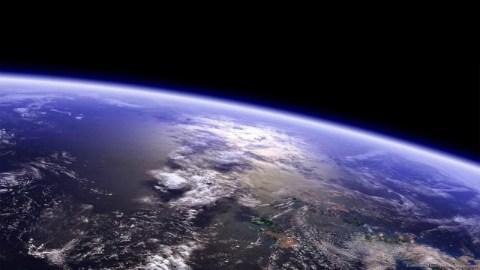
It’s that the Universe can be understood at all. Don’t deafen yourself to its lessons.
In a nutshell, 2020 has been a unique year in human history. For the first time since the dawn of modern medicine, a pathogen that spreads through the air — but whose spread can be contained with a few simple, straightforward public health intervention — spread to all 7 continents across the globe, setting new records for infections and deaths in the process. All that we’ve suffered, from infections to deaths to long-term chronic conditions, to the accumulated economic damage and mental health struggles that have come along as unavoidable damage, to the impact on education, healthcare workers, and countless other areas of our society, was entirely preventable.
Make no mistake: it was not the virus itself, but rather our lack of responsible collective action on a global scale in response to the virus, that has resulted in the situation we now face. As various vaccines slowly roll out, most of us are expecting the pandemic to finally come to a gradual end as the majority of society acquires an immunity to this virus. But through it all, there’s a scientific fact that should be guiding us in every aspect of our lives, a fact that we all too often ignore.
The Universe, and every physical thing within it, obeys the same fundamental, underlying rules. Discovering and understanding those rules, and how they apply to any particular phenomenon, is the most successful tool — arguably, the only reliably successful tool — humanity has ever developed to tackle the problems that face us. As 2020 comes to an end and we face the dawn of 2021, this is the one fact we should all not only embrace, but demand that we weave into the very fabric of our civilization.

I want you to imagine a very different Universe from our own: one where the laws of nature changed, randomly and chaotically, over time. Instead of the force of gravity tethering us to Earth, accelerating us towards its center at a constant 9.8 m/s², you can imagine a Universe where gravitation got stronger or weaker at random, even reversing its sign periodically. The Sun could randomly cease shining, or just as easily burn so hot that it could cook all life on Earth in just a few minutes. In fact, the list of what could go wrong in a Universe where the rules are inconsistent in time or space is as long as our creative impulses allow.
The atoms in your body could suddenly begin to radioactively decay; your cellular matrix could spontaneously fall apart; the forces that prevent our planet from collapsing into a black hole could all instantaneously go away. The person next to you could fly off into space while you fell through the Earth, hurtling towards its center. In a Universe where the rules are arbitrary and change at random, all hope of making concrete predictions about the future is lost.

When we first began our scientific investigations of our physical reality, there was no guarantee that the laws of nature wouldn’t be changing over time. There was no a priori reason that the rules our reality plays by had to be the same everywhere or at all times. And yet, when we examine the Universe down to the finest details that we can — from biology to chemistry to physics, from subatomic to cosmic scales and everything in between — we find that they are. The quantum rules governing atoms here on Earth are identical to the rules that govern them tens of billions of light-years away, as far away as we’re able to measure.
The rules that govern subatomic particles, from radioactive decays to nuclear reactions, haven’t changed in billions of years. We can look at our own planet’s geological history, at meteorites of various ages, and even of Earth’s natural nuclear reactor that’s been inactive for nearly 2 billion years, and reconstruct just how constant the laws of physics have been. To the limits of our precision measurements, neither the rules governing reality nor the values of the fundamental constants have changed in any measurable fashion.
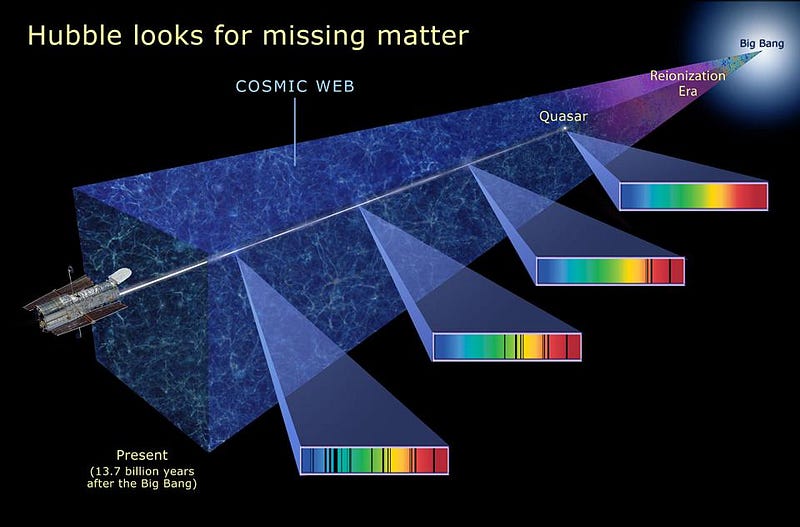
For many of us, that’s where we’d want science to stop. “Ok,” you say, “science gives us the facts, and that’s fine, but what we do with those facts is up to all of us, and goes beyond the scope of science.”
Nonsense.
If that were the policy we adopted, it would be the equivalent of the legend of the ostrich burying its head in the sand, deliberately blinding itself to the approaching danger while it should be defending itself: either fighting or fleeing, as appropriate.
As it turns out, science even teaches us that common image is a myth. Ostriches do indeed bury their heads in the sand/dirt at times, but not as a response to impending danger. On the contrary, when an ostrich senses danger, its first instinct is to flee. If flight is impossible, it falls to the ground and remains still, attempting to blend in with the terrain. The sight of an ostrich with its head in the ground arises because they dig shallow holes to bury their eggs, which they must turn multiple times a day. Contrary to some humans, ostriches know better than to deliberately blind themselves to a very real danger.

The fact that the Universe, and all things in it, obey the same fundamental rules is a tremendous cause for celebration. It means that if we take the proper approach and interrogate the Universe by subjecting it to a variety of experiments, observations, and careful measurements under controlled conditions, we can uncover what those rules are. We can essentially learn what the instruction manual for the Universe is — for any aspect of it that we sufficiently investigate — and make accurate predictions about what will occur in the future given the initial conditions.
It’s the simplest concept imaginable: if you can understand the rules and your starting conditions, you can predict how things will unfold. For many aspects of reality, there are complicating factors, as the predictions we obtain are only as good as the quality of the models and their ability to accurately reflect reality. Fortunately, we’re outstanding at quantifying which aspects of various models are successful and how successful they are; in instances where objections no longer have a scientifically valid leg to stand on, the overwhelming majority of scientists working in that field (95%+) will reach a consensus position.
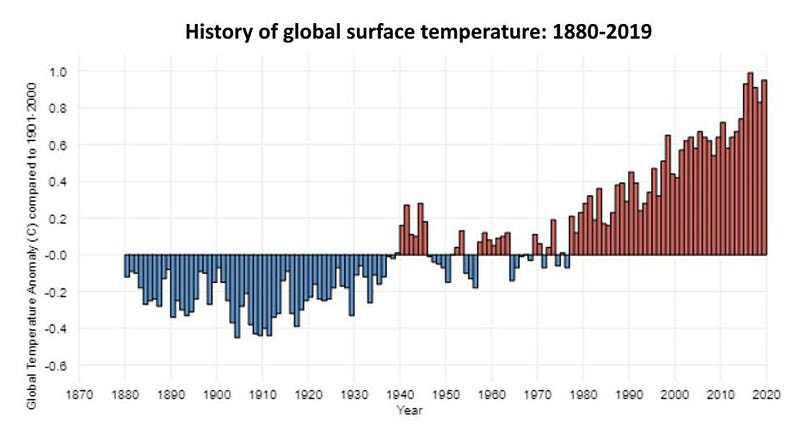
If you’ve ever met a scientist, you have to realize what a remarkable feat this is. The job of a scientist is to be a professional skeptic, interrogating whatever aspect of the Universe they’re studying to the best of their abilities. While most of us formulate an idea of what’s going on — whether we call it a theory, a hypothesis, or just a hunch — scientists go far beyond that. We take whatever ideas we’ve come up with and we work out the consequences.
If this idea were true, what would that imply, experimentally or observationally? What consequences could we go out and test or measure to compare with the predictions of our theory, and when those critical measurements are made, how did our hypothesis fare? How did it fare compared to other, competing hypotheses? What is the range of validity of our leading ideas, and under what conditions are those predictions no longer valid?
Only after passing every test we can throw at it over a particular range of validity can a scientific theory be accepted. And even though we can extrapolate beyond that range of validity for whatever comes next, the theory is only as good as the experimental or observational evidence indicates.
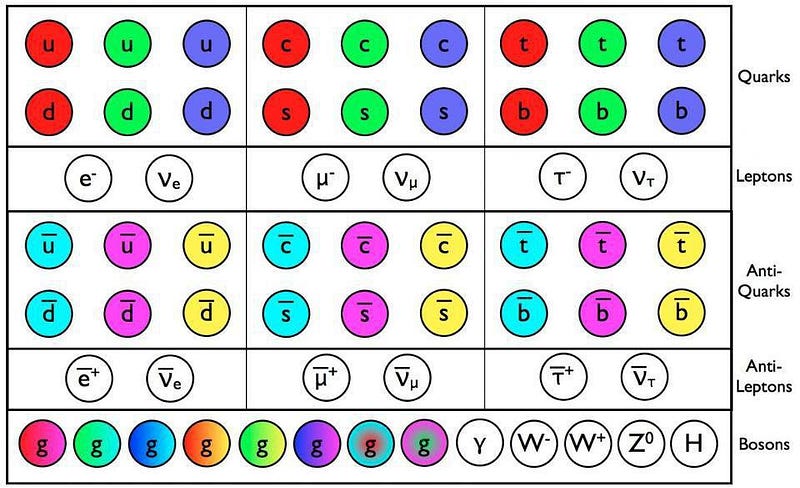
The fact that the Universe can be understood is remarkable, and we should be very careful not to undersell just how well-understood various phenomena truly are. Many have attempted to sow doubt about what science has established far beyond any reasonable doubt, using what can only be described as dirty tactics that appeal to our sense of distrust for what violates either our common sense or our ideologies.
Unfortunately, common sense is an extraordinarily poor predictor of scientific results. Darwin’s theory of evolution and the mechanism of natural selection was touted as violating common sense. Einstein’s theory of relativity, the Big Bang origin of our Universe, and the notion of the germ theory of disease all defied the common sense of their time. If common sense were a good indicator for how the Universe worked, we wouldn’t need science. The fact is that our common sense — which typically derives from our own experience — has a range of validity that’s much narrower than we typically perceive, and learning to distrust your common sense in favor of what scientific results indicate is a mandatory lesson that every scientist-in-training must learn along the way.

Every so often, a study will come out that derides the level of scientific ignorance found among the general public. Most often, these studies come in the form of surveys, leading to headlines like 1 in 4 Americans believe that the Sun revolves around the Earth. This is used as a proxy to claim that Americans are not scientifically literate, as though memorizing a set of facts and being able to regurgitate them accurately and on demand is any metric of how well someone understands science.
If you put a particle physicist in a virology lab, they will fare just as poorly as the next non-scientist. You wouldn’t put a polymer chemist at work in a nuclear reactor, and you wouldn’t put a theoretical astrophysicist to work in the operating room. Although science is both the complete body of knowledge available to humanity at any point in time and a self-correcting process of investigation and a synthesis of the full suite of data, none of us are good enough polymaths to be a practicing scientist in all aspects of life. Instead, we rely on two underappreciated aspects of science literacy:
- an awareness of what science is and how it works,
- and an appreciation for how advances in our scientific understanding drive society forward.
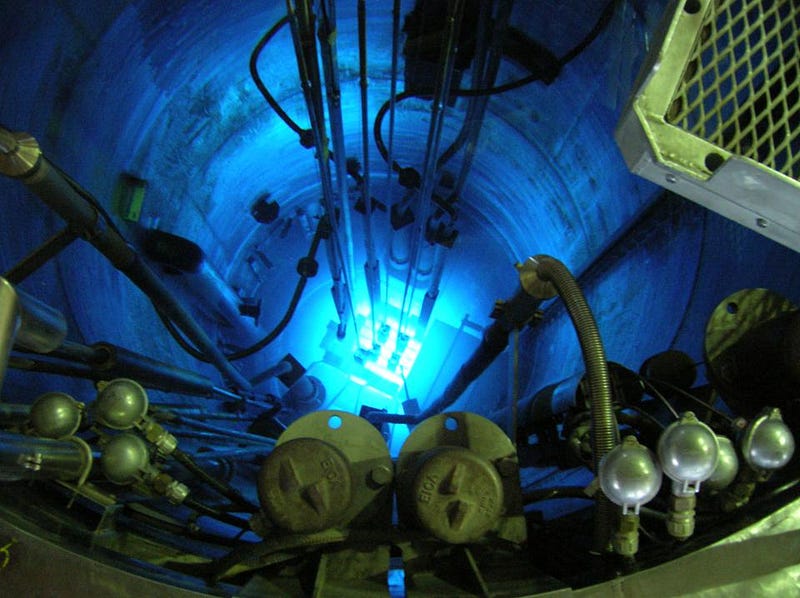
The Universe can be understood. Any aspect that we care to investigate with the right tools and techniques, if it can be physically explained, scientific investigation is the path to unlocking its secrets. Simply being aware that science is both the full suite of information we have concerning a topic and the process of continued interrogation of the Universe under controlled conditions should be enough to instill a respect in each of us of our massive ignorance outside of our narrow area of expertise, while simultaneously instilling a respect for the expert opinions of those who have specialized in that particular aspect of reality.
Similarly, you are most likely reading this article on a device that takes advantage of numerous Nobel-winning technologies and scientific advances, at a time where humanity has more knowledge and understanding of the Universe than at any time in our history. It is through science that we have come to understand the root causes behind problems we face in our human society, on Earth, and beyond, and it is through science that we learn how to adequately address them. But only if we listen to it. As Galileo famously said,
“I do not feel obliged to believe that the same God who has endowed us with sense, reason, and intellect has intended us to forgo their use.”
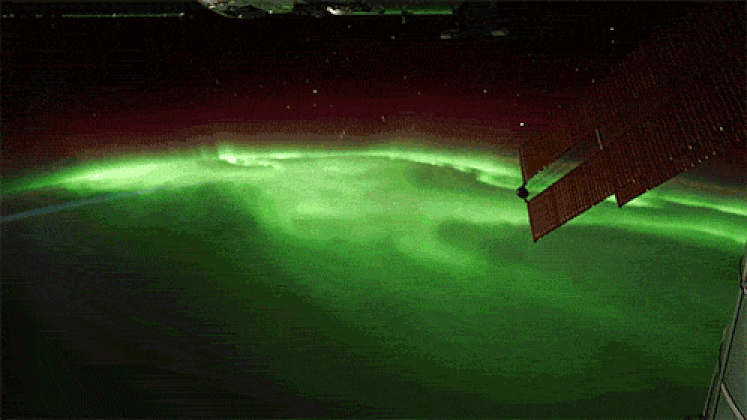
As 2020 draws to a close, it’s important to look not just at the most pressing issue of the day — the novel coronavirus and the havoc it has wrought on our world — but at all aspects of our society where the best advice of science is not heeded. From vaccines to climate change to clean air and potable water to public health and safety to hurricane warnings and much more, science is not some buffet where we get to pick-and-choose the various aspects we’re comfortable with, while rejecting the ones that offend our sensibilities.
The Universe does not care about our ideological preferences, our political leanings, or our notions of what our rights and freedoms are. It simply obeys the laws of nature, and we will be left to deal with the consequences of our actions and inactions. In many ways, science is our only light against the darkness of giving into our most base impulses, but listening to it requires us to find that humility within ourselves of what we don’t know. It’s time to not only incorporate that into our lives as individuals, but to weave that into the fabric of society. Without it, we risk being torn apart by our own intellectual prejudices.
Starts With A Bang is written by Ethan Siegel, Ph.D., author of Beyond The Galaxy, and Treknology: The Science of Star Trek from Tricorders to Warp Drive.





